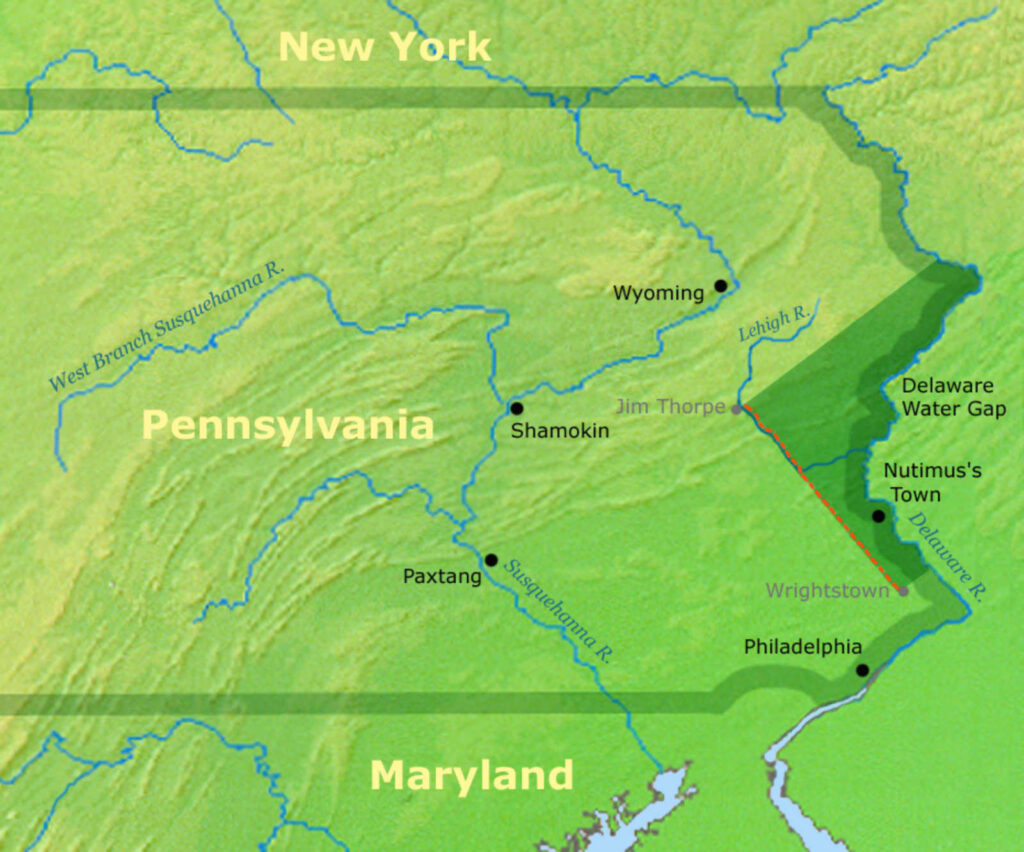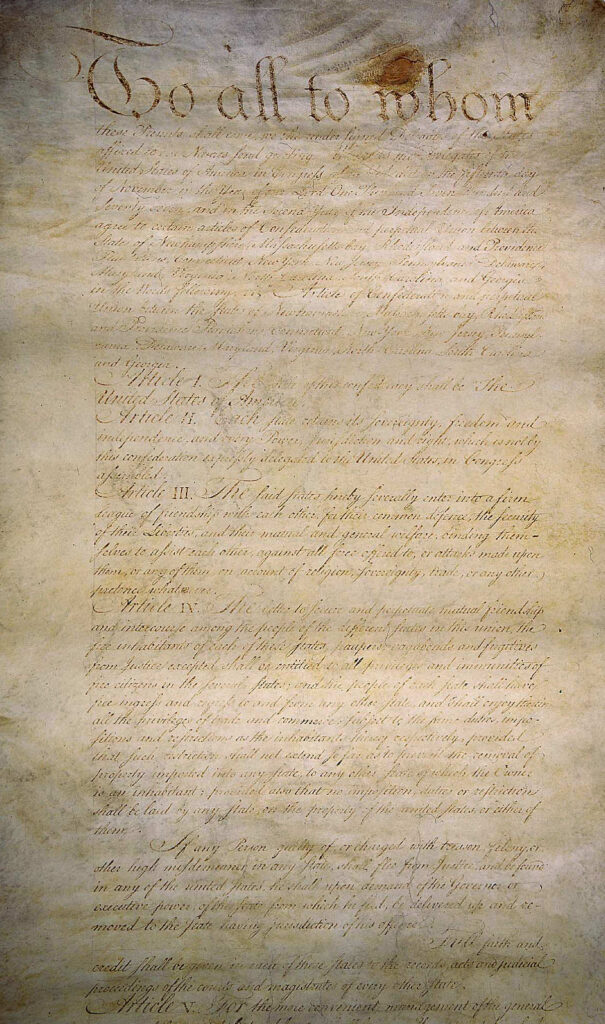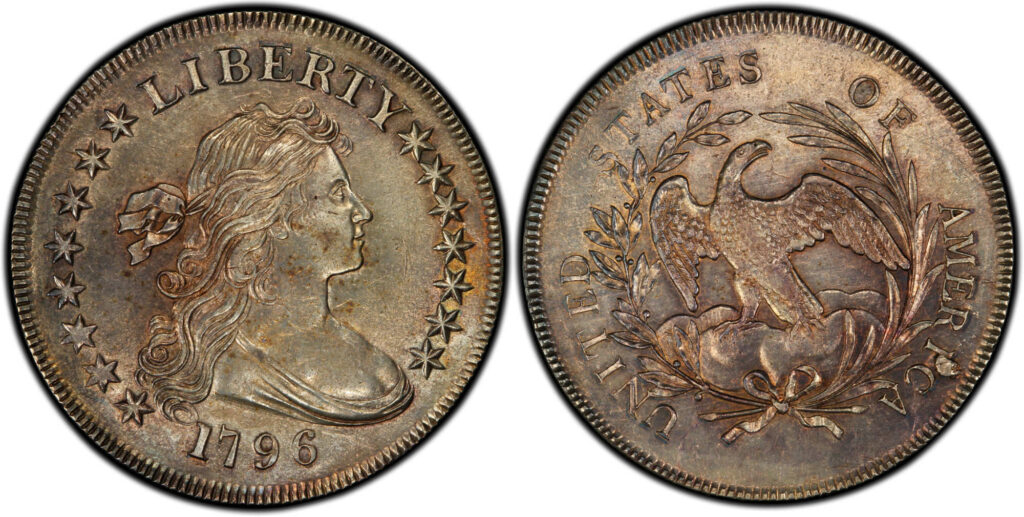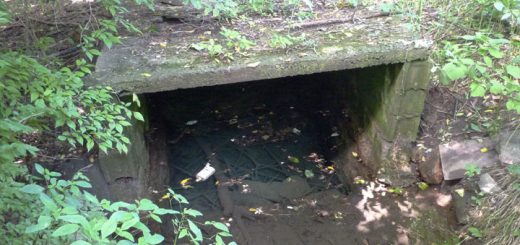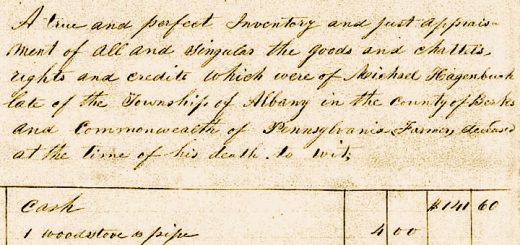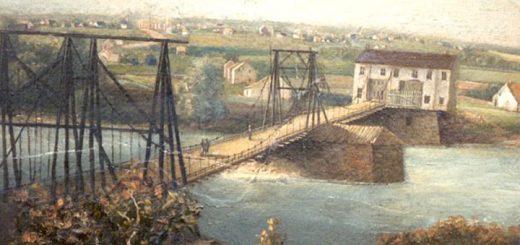Family Events of the 1700s with Historical Context
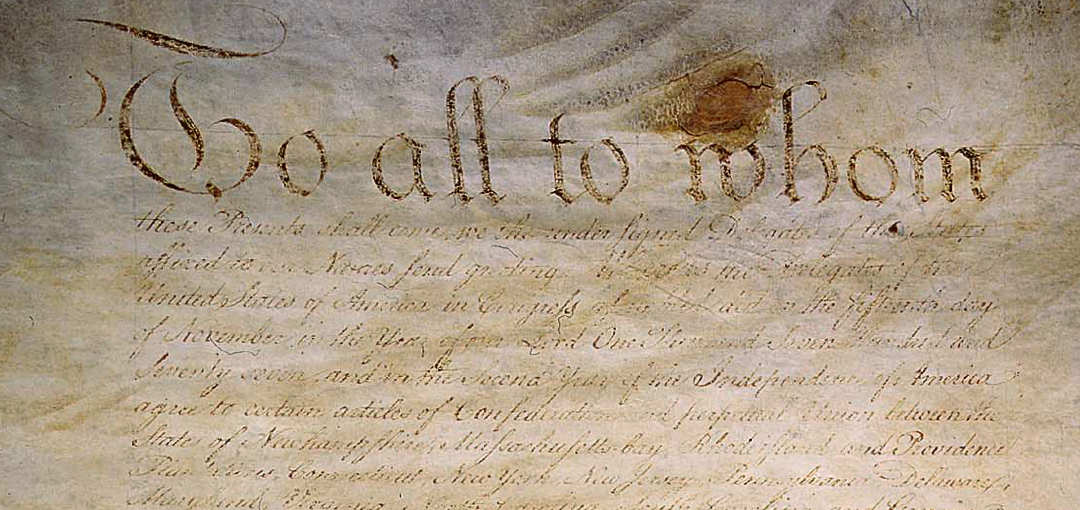
We can learn a lot from history—and if you’re reading this site, then I suspect that you already agree with this statement. Yet, sometimes a single family event from the past provides only a glimpse of a larger story. By taking a step back, we can view our Hagenbuch history in the context of other events and realize a more complete picture.
The historical event that inspired this investigation was the 1754 survey of the Allemaengel Road by Benjamin Lightfoot. While the survey was carefully analyzed in an earlier series of articles, little was said about other contemporary happenings. Most notably was the start of the French and Indian War in May of 1754. Tensions between France and Great Britain had been rising for many years. Nowhere was this more clear than in North America where the land interests of the two powers overlapped in western Pennsylvania and Ohio.
On May 28, 1754 a group of militia under the command of George Washington ambushed a patrol of French soldiers at Jumonville Glen in Pennsylvania. The battle marked the beginning of a war that would bring violence directly to the Hagenbuch Homestead in eastern Pennsylvania. Did the prospect of war push the residents of Albany Township, Berks County, PA to want an improved road through their region? It certainly seems possible.
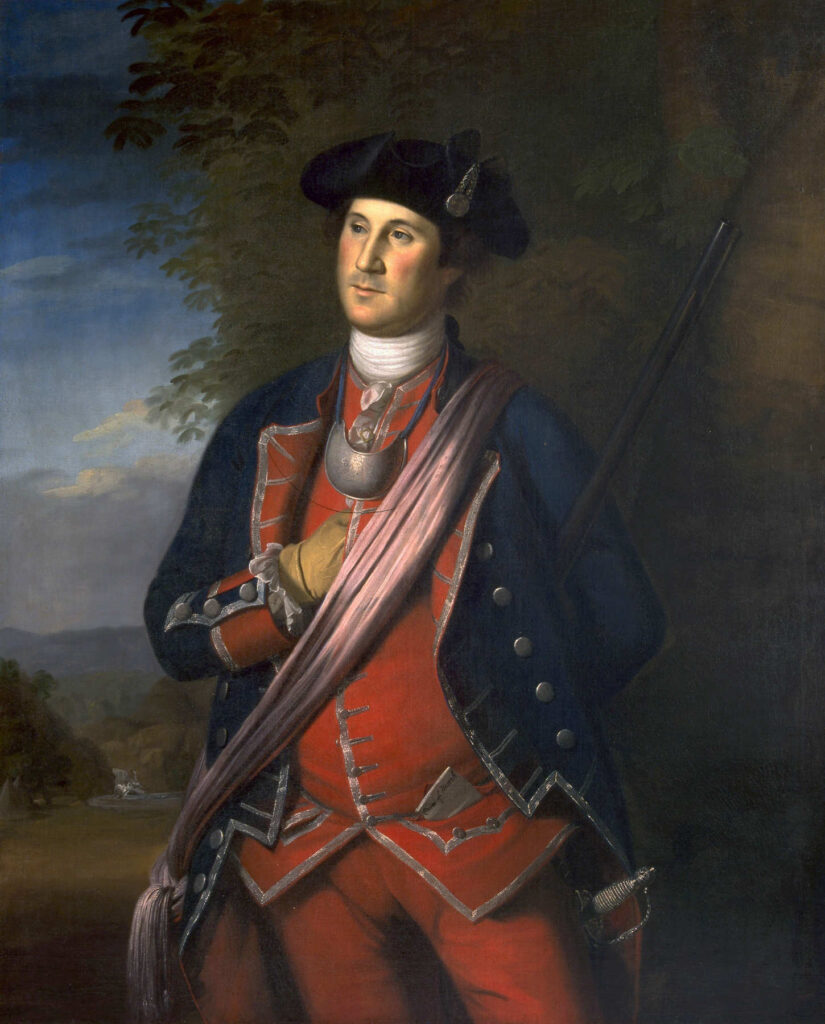
Portrait of Colonel George Washington as he would have appeared during the French and Indian War. Painting by Charles Wilson Peale, 1772
Also during this year there was a special birth at the Hagenbuch Homestead. On April 27, 1754, Anna Elizabeth Hagenbuch was born to Andreas Hagenbuch (b. 1715) and his wife, Anna Maria Margaretha (Friedler) Hagenbuch. The story of her birth and baptism Fraktur was previously featured on this site.
Anna Elizabeth’s father, Andreas Hagenbuch, was born on March 15, 1715 in Grossgartach in the Duchy of Württemberg, which is part of present-day Germany. His parents, Hans Michael and Anna Christina (Fritz) Hagenbuch, experienced much hardship in the years leading up to his birth. The War of Spanish Succession broke out in 1701 and lasted until 1714—the year before Andreas was born. The conflict pitted countries that supported the Hapsburg claim to the Spanish throne against those that supported the Bourbon claim. Shortly after the end of the war, Bourbon king Louis XIV died, ending his reign of 72 years.
In early 1737, Andreas Hagenbuch, along with his wife Maria Magdalena (Schmutz), left Europe and sailed to America aboard the Charming Nancy. On September 18, 1737 the ship docked in Philadelphia, PA. The very next day, September 19th, the infamous Walking Purchase began. From a location near Wrightstown, PA three men—Edward Marshall, James Yates, and Solomon Jennings—set out to walk as far as they could in a day and a half. The distance they traveled would define how much land the Pennsylvania proprietors could purchase from the Lenape Indians.
Unfortunately, what started as a walk turned into a marathon with the three men running to cover as much ground as possible. Due to exhaustion, only Edward Marshall finished the “walk” which traversed nearly 65 miles and ended near present-day Jim Thorpe, PA. This distance far exceeded the expected 30 miles that the Lenape expected a man to walk and netted Pennsylvania over 1.2 million acres of new territory for settlement. Not surprisingly, the Lenape felt swindled as they were pushed off their land.
It should be noted that Andreas Hagenbuch established his homestead west of the Walking Purchase, deeper within the Pennsylvania frontier. Settlers encroaching on Lenape land encouraged the Lenape to side with the French during the French and Indian War and led them to attack homes in the region, including the Hagenbuchs’ neighbors.
1776 is a big year in American history. After all, the Declaration of Independence was signed on July 4th of that year, proclaiming that the thirteen colonies—now called states—had a right to self-governance. The states were already a year into the Revolutionary War too. On April 11, 1776, John Hagenbuch was born. He was the son of Henry Hagenbuch (b. 1737) who in the summer of 1776 served as a captain in the Battle of Long Island. Henry was captured by the British during the battle. Eventually he was released and returned home to Pennsylvania, where he ran the Cross Keys Tavern in Allentown, PA.
Many Hagenbuch family events occurred against the backdrop of the Revolutionary War and the establishment of the first framework of government for the United States—the Articles of Confederation. It’s fascinating to consider what our ancestors must have thought about the war and the struggle to form a more perfect union.
By 1785, the weak nature of the Articles of Confederation was apparent and there were rumblings that a new framework of government would be needed for the young country. 1785 also brought about other important milestones in American history: the dollar was adopted as the country’s official unit of money and a land ordinance was adopted to aid in the settlement of land west of the Appalachian Mountains.
Andreas Hagenbuch died late in the summer of 1785. On August 21st his youngest son, John (b. 1763), ran away from his apprenticeship with master tailor Andrew Hertzog of Philadelphia, PA. Both events are individually consequential. But, when viewed together, it appears that John bolted after learning of his father’s death.
In 1788, the Articles of Confederation were superseded by the Constitution of the United States. This document was ratified on June 21, 1788 and marked the beginning of the modern United States of America. A few weeks later, on July 4th, Simon Hagenbuch was born. He was the eldest child of John Hagenbuch (b. 1763) and his wife, Maria Magdalene (Dreisbach) Hagenbuch (b. 1766).
The United States and its citizens faced many challenges throughout the last decade of the 1700s. In 1796, the country was thrown into an economic recession, which is known today as the Panic of 1796–1797. Caused by money-making schemes tied to land speculation, many people lost their fortunes and struggled in the weakened economy. It is possible that this event, along with the opening of new lands for settlement, may have encouraged Hagenbuchs to migrate to the west and north around 1800.
During the years of the panic, two Hagenbuch cousins were born—both named Salome. On October 1, 1796, one Salome was born to Christian Hagenbuch (b. 1770) and Marie Eva Stahler. Evidence suggests that the couple may not have been married and that Salome died as an infant or was given away to another family. A year later on September 17, 1797, the other Salome was born to Henry Hagenbuch (b. 1772) and his wife, Mary (Wolf) Hagenbuch (b. 1774). This Salome died in 1810 and was buried at Hidlay Lutheran Church near Bloomsburg, PA. Her stone was featured at the recent 76th Hagenbuch Reunion held there. Was Henry’s daughter, Salome (b. 1797), named for her cousin, Salome (b. 1796)? It’s one possibility.
A single event can tell us a lot about our Hagenbuch family. However, when events are viewed together within a larger historical context, we can see and understand so much more. Individual events may cause one another, while the course of history can influence what occurs within our family. Future articles will continue to explore stories from our Hagenbuch family within a broader historical context.

